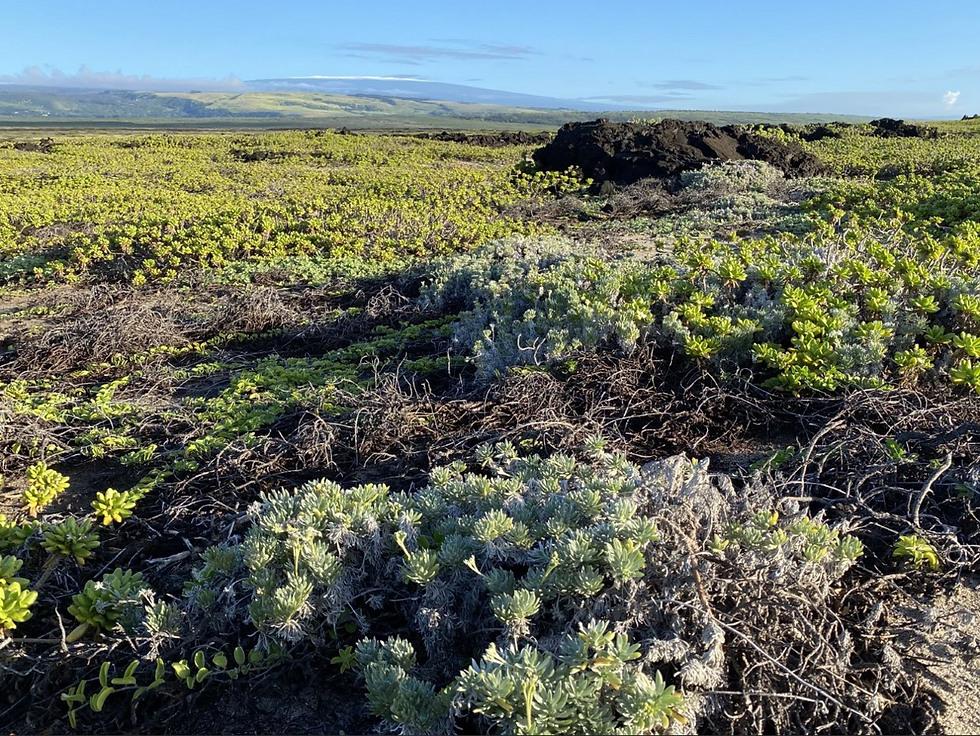
Coastal Restoration
Coastal Restoration:
Design a monitoring scheme to track state changes based on indicators for coastal ecosystems.
Long-term monitoring needs are often constrained by short-term monitoring capacity. The group saw the potential for community engagement to strengthen long-term monitoring efforts, with four knowledge categories: physical, biological, archaeological, and living culture. They outlined key steps for engaging in all four of these, as well as for establishing a core hui (team) to facilitate the monitoring scheme itself.
Monitoring and field surveys
Monitoring would focus on physical knowledge, including tides, coastal monitoring, and weather. Some of this data already exists within a sharing framework, e.g., tide models and coastline projections. As such, this type of information is easily accessible, although it may need to be modified to specific modeling boundaries. Weather stations are valuable for tracking climate variables but require complex coordination due to funding and staffing limitations. The group's common experience was that field surveys likely do not exist for their restoration sites. However, repeat photos may be an existing resource. Current ecosystem descriptions are accessible, but collecting historical maps requires more planning.
Key partners include community members, lineal descendants, agencies, data specialists, archaeologists, drone operator(s), and local schools as one way to engage with the children of the community. The outcomes include current vegetation maps for both wet and dry areas, a transition plan describing how to accomplish site restoration goals, and an action plan detailing the contextualized process. These plans would be informed by the community from the start and would result in short and long-term, community-informed and involved, open-sourced, and future-funded monitoring plans. This plan would facilitate the creation of maps depicting vegetation zones and archaeological sites.
Wahi pana
Knowledge of place names is a crucial component of place-based stewardship. Place names are not only documented in old maps and other historical documents but are also held within Kūpuna. Challenges include language barriers and the flaws of "parachute science." Kūpuna interviews take complex coordination as trust between researcher and community is essential for incorporating the lifeways and culture of the community into this process to facilitate this knowledge exchange respectfully. Key partners here include local schools, community members, researchers fluent in ʻōlelo Hawaiʻi, and both indigenous and external scientists. Outcomes of this step include kilo and hoʻopili, deepening relationships with place.
Core hui
Establishing a core hui was articulated as a critical step, bringing together “the who’s who” of a place to recruit consistent volunteers and maintain thoughtful and strategic communication to conduct the monitoring. Key partners include volunteers, community organizations working in the area, neighboring landowners, schools, and keiki, explicit moderators and facilitators, and a designated point of contact.